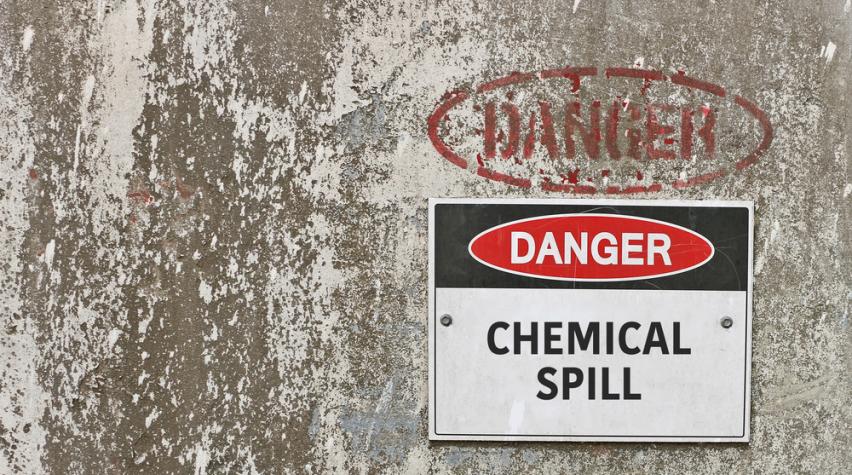
An in-field test for identifying liquids will be on the market in the near future, thanks to new sensing technology invented at Harvard University. Validere, the company commercializing the technology, plans to release a kit that will allow users in the field to quickly identify liquids after chemical spills, for example.
The technology works much like litmus paper in that it changes color. In this case, however, the color corresponds to a liquid's surface tension. The technology takes advantage of chemical and optical properties of precisely nanostructured materials to assess surface tension.
Translating the technology into a product
Validere took the technology and created a product called W-INK, a one-time-use test kit that can be used anywhere in the field to visually identify unknown liquids, all without the need for a dedicated power source.
W-INK mimics two biological systems to achieve a tunable device with properties that allow it to change colors when it comes in contact with certain liquids. The wings of some species of butterfly owe their brilliant colors to structure rather than pigment; the surface of each wing contains networks of tiny pores, the size of which determines the perceived color. Meanwhile, brittle stars, relatives of starfish, can change color from black to white by modulating the position of pigmented cells inside lens-like, light-focusing structures arranged in an array across the star's back.
By combining both of these mechanisms so that they respond optically to liquid infiltration into chemically modified porous structures, researchers developed a liquid decoder that is small enough to fit in the palm of the hand and can function without a power source. Engineered surface properties interact with liquids to change the interfacial chemistry of the test strip, which instantly causes corresponding color changes or markers to appear.
To learn more about this new technology, see the new release.


